Description
On June 6, 1930, engineer Otis Barton and explorer Will Beebe dove into the ocean inside a hollow metal ball of their own invention called the Bathysphere.
They knew dozens of things might go wrong. A tiny leak could shoot pressurized water straight through the men like bullets! A single spark could cause their oxygen tanks to explode! No one had ever dived lower than a few hundred feet…and come back. But Otis and Will were determined to become the first people to see what the deep ocean looks like.
This suspenseful story from acclaimed author Barb Rosenstock with mesmerizing watercolors by award-winning artist Katherine Roy will put you right in the middle of the spine-tingling, record-setting journey down, down into the deep.
————————————————————————————————————————————————————–
“Will is awestruck by the new world that lies
“down, down into the deep.”
They are destined to meet. Otis studies machines in college and reads about Will’s plan to build a diving tank, otherwise known as a bathysphere. He finds all kinds of problems with the design and presents his own plans to Will. They decide to dive
“down, down into the deep.”
Together.
Otis directs the building of the bathysphere. Will studies sea creatures. They venture to Bermuda where they will make their record-breaking dive. We see these two tall men squeeze into a 4 1/2 foot diameter sphere. We hear their nervous thoughts. Then as they descend, the sphere shudders at each 100-foot mark. The men shudder. Will tells Otis to breathe. This reminds the reader to breathe, too.
Otis fans the air to disperse chemicals, and checks air temperature. Will gazes out the porthole and takes notes. At 300 feet a hatch door begins to leak and water wets the seat of Otis’s pants. They decided to take a chance and continue to descend to 400 feet.
“Stop. Colder. Breath in. 500 feet. Stop. Darker. Breathe out.“
At 600 feet sparks fly from an electrical cord. It could ignite their oxygen! Will grabs the cord, gives it a wiggle, and the sparks stop.
“Breath in. Breathe out.”
They descend to 700 feet. It’s difficult to read or take notes, and they can’t see colors, only black and white. The hatch bolts
“creak.” “skreak.” “creak.”
“Breathe in. Breathe out.”
They descend to 800 feet.
“…down, down into the deep.”
At 800 feet, the question is posed:
“What did the deep ocean look like?”
In a masterful climax, two gatefolds open like french doors to display a vast array of ghostly sea life surrounding the tiny bathysphere.
In the last two spreads of the story, the sphere rises, and Will and Otis emerge, grinning. They have finally seen the deep, deep ocean, and it was mysterious, glorious, and thrilling.
The book ends with two full spreads of back matter, the author’s note with more detailed information about the two men, and a note from Constance Carter, a former head of science reference at the Library of Congress. She had been a field research assistant for Will Beebe.
In the illustrator’s note, Katherine Roy explains her research and artistic process for creating the images for the book, including building a cardboard mock-up of the inside of the bathysphere so she (and her husband) could get a feel for what it was like to sit inside such a cramped space. She wore a cardboard diving helmet, talked into a banana (substitute for the bathysphere phone), peered through tent portholes, and used flashlights to imagine what could be seen from the bathysphere portholes in the dark. The artwork in pencil, watercolor, gouache, and ink is luminous. The front and back end papers add even more information by providing examples of sea creatures that Will and Otis may have seen. The front shows creatures that can be found to a depth of 300 feet, and the back shows creatures that live in the 400 to 800 foot depths.
It’s a fabulous book that may inspire young explorers to dream big and take risks. It could lead them down, down deep or up, up high—or anywhere in between. ” – pictures and excerpt taken from the link: https://jilannehoffmann.com/2018/07/27/otis-and-will-discover-the-deep-perfect-picture-book-friday/
Sample of the book video







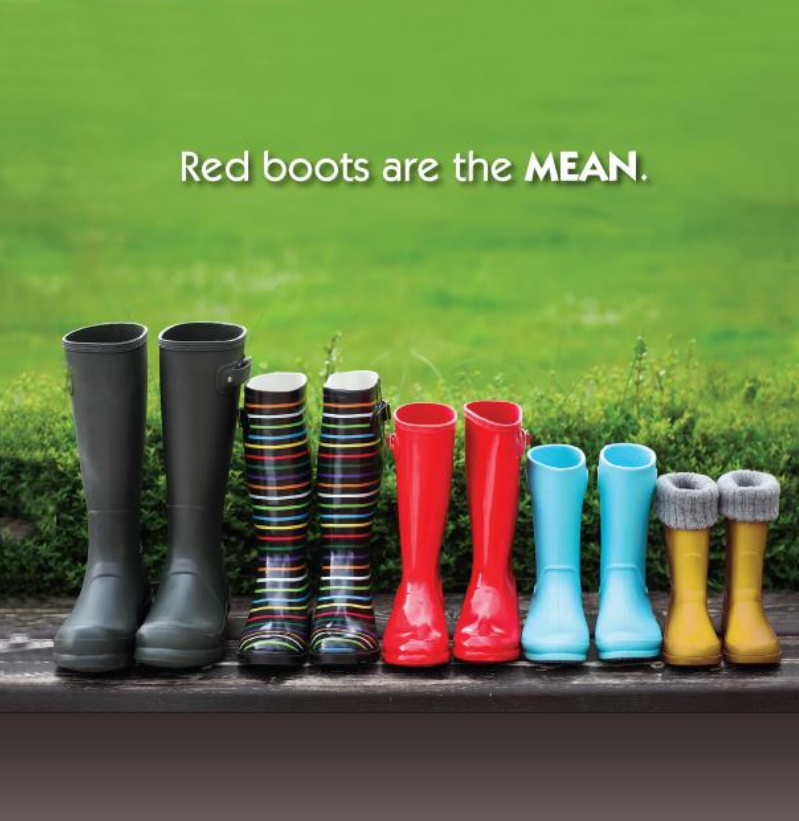
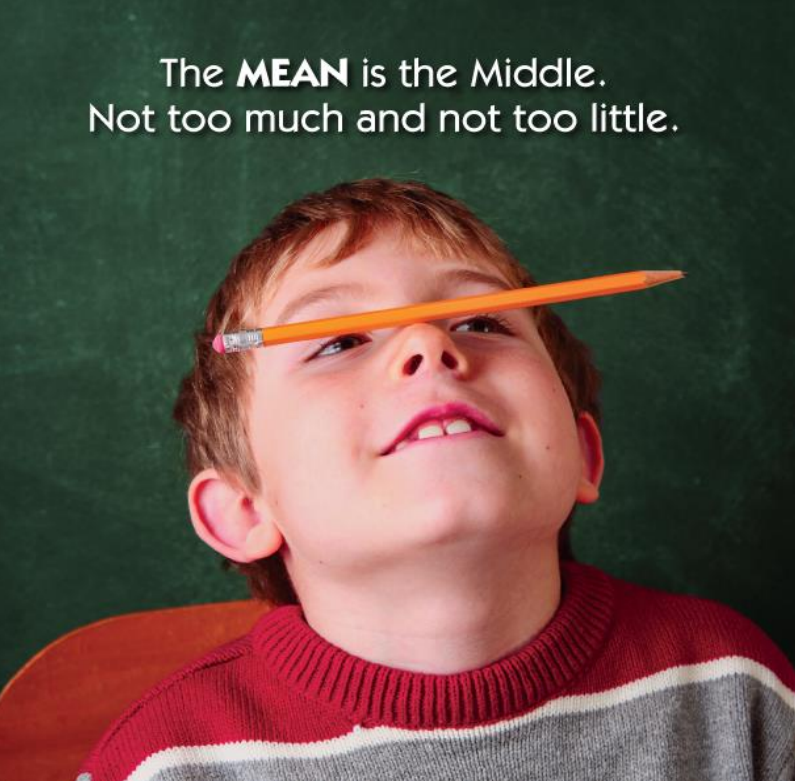
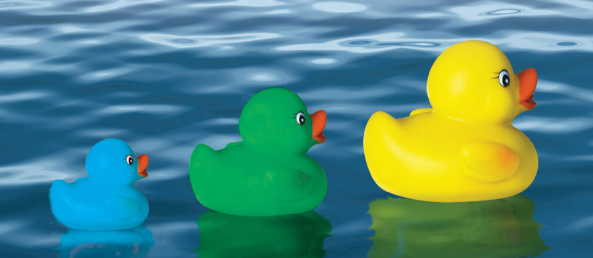

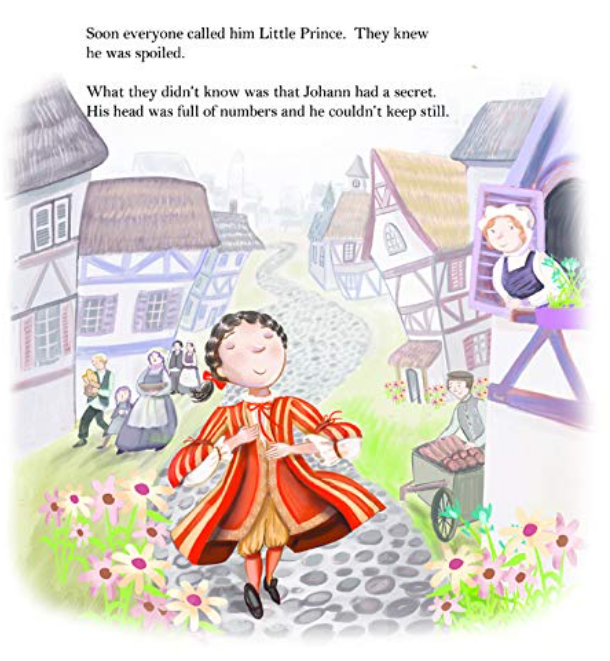


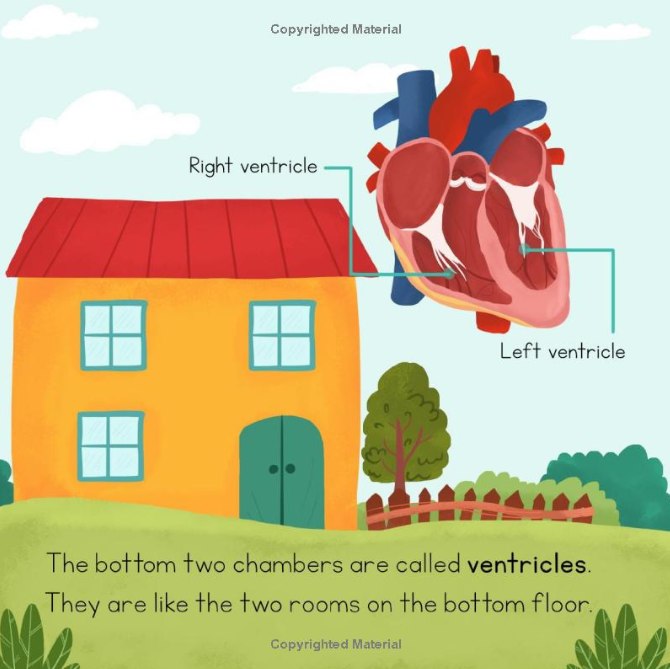
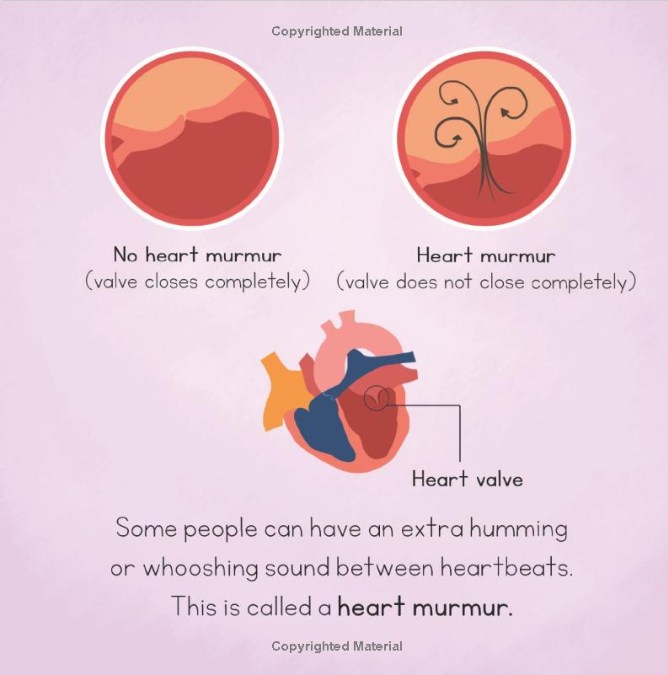
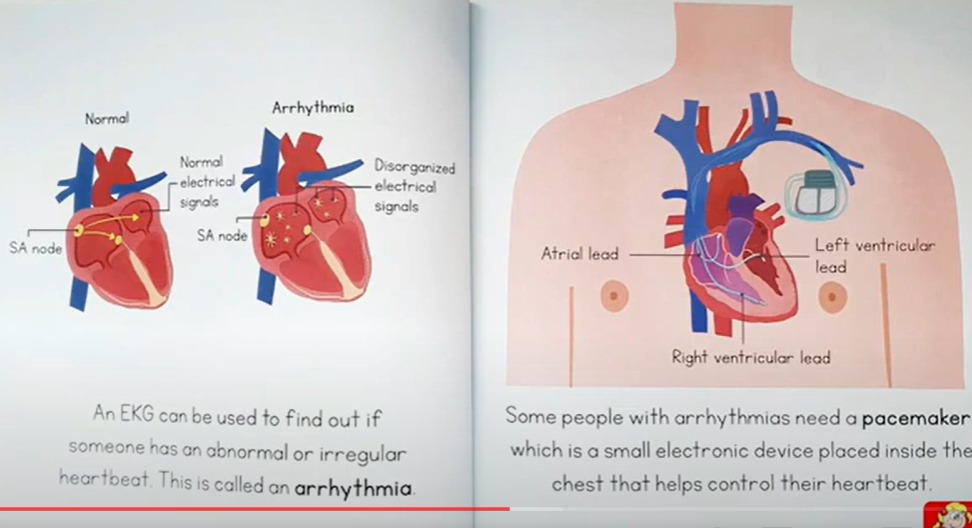
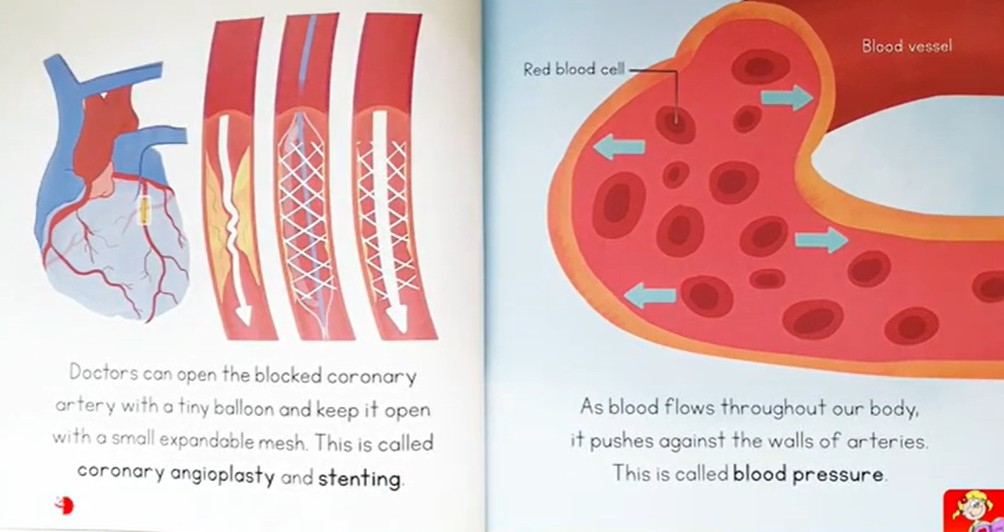
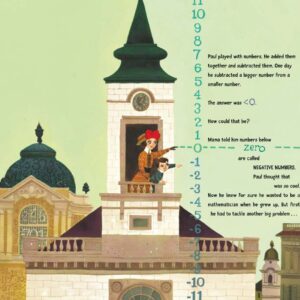
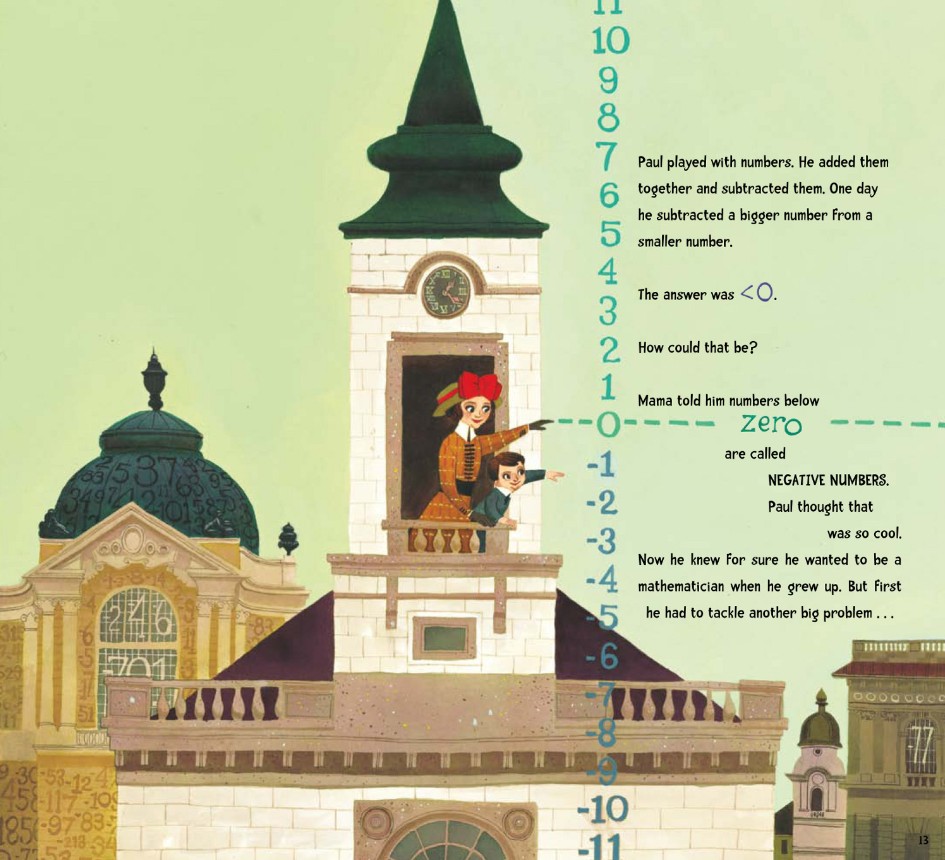
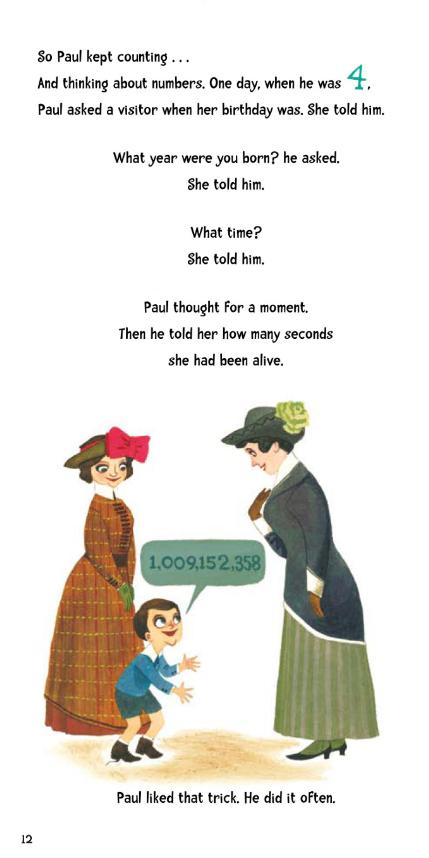
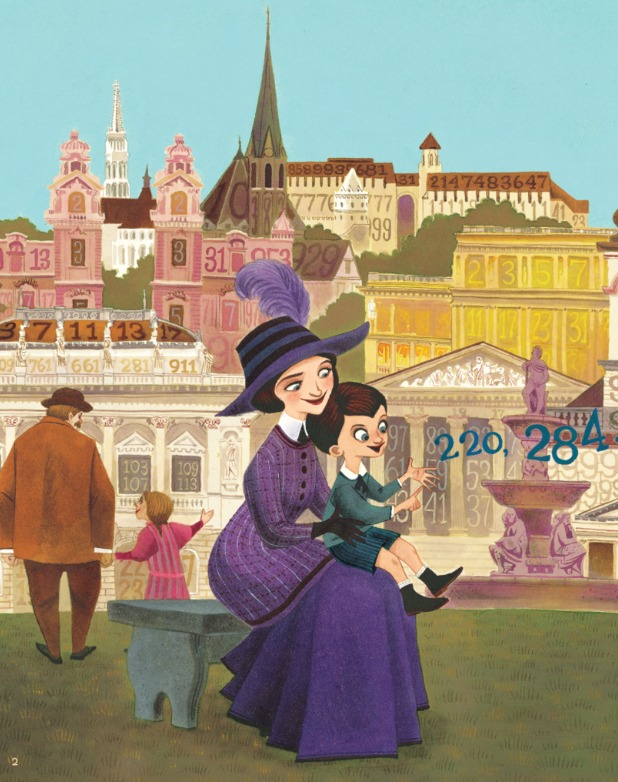
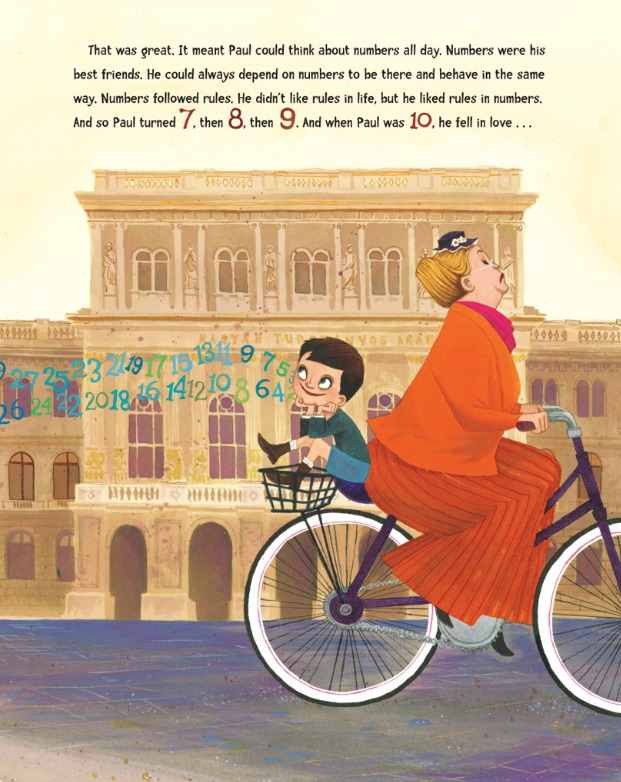

Leave a Reply